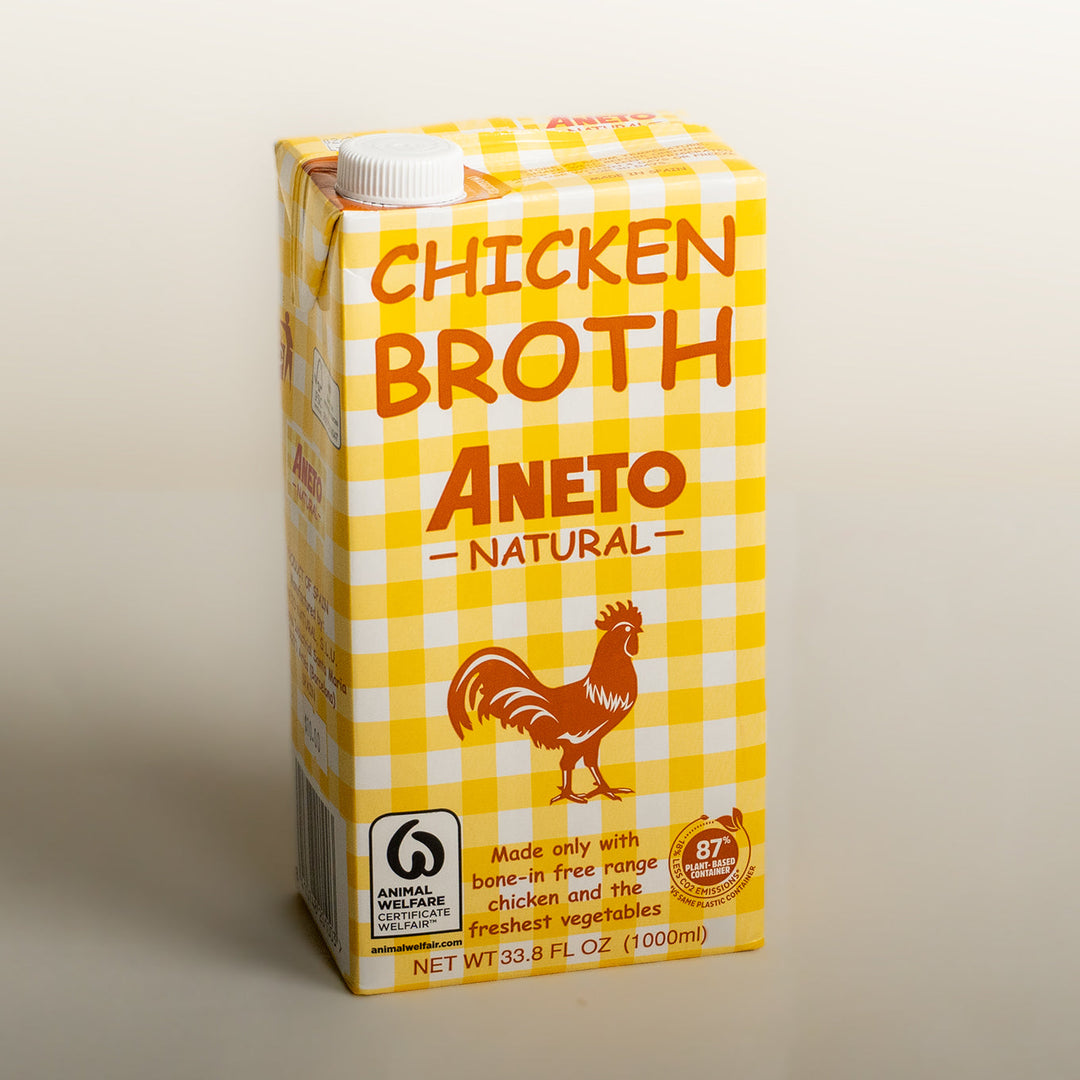What does Al Dente Mean? Dry Pasta January Continues with and Introduction

Al Dente isn't the name of a bit player in the Sopranos, but what a great name for a mobster (Hollywood you can use that). Al dente, of course, has to to with the right cooking time for dried pasta. "Al dente" technically means "to the tooth" and signifies pasta with the right firm texture. As you hopefully learned last week pasta cooked al dente is better for you, being lower glycemic, with the starch breaking down in your body more slowly. In addition, overcooked pasta is a cardinal sin in Italy. How do we achieve the perfect al dente you ask?
During my time researching Etto, I spent time up in the hills around Naples in the Amalfi Coast area. There is a town called Gragnano that is famous for the production of dried pasta. The town's main street allowed the ocean breeze to flow down the street and dry the pasta. The sidewalks were wide and had plenty of covered alleys in the event of weather so the pasta could be rolled under a covering to protect it from rain. I'm not sure what came first, the town or the pasta, but both had been there for a very long time. The ocean breeze was reminiscent of our own breeze in Paso Robles of the Templeton Gap and our distance to the ocean is fairly similar. Just another validation that Paso is the perfect place to produce world class pasta. Gragnano pasta is considered among many to be the best in the world.
In addition to visiting pasta factories and spending time with great pasta producers I also ate a lot of pasta. There was a price fix restaurant that must have had a half dozen pasta dishes and the fixed price was not much more than lunch at Chipotle. The thing that stuck me as I dined in this famous pasta region was the extreme al dente texture. The pasta was downright crunchy, and these were the experts. It was a bit of a revelation, and to be honest a little too extreme for my taste. It did, however help me understand what al dente truly means. If the pasta sticks to your teeth that might be a bit underdone, but in Gragnano they seem to like it that way.
To cook pasta al dente here's what I suggest:
-
Don't forget to salt your water - 2TB Kosher salt and don't add oil. Make sure the water is really boiling before you drop any pasta into it.
-
Look at the cooking time on the bag or box of pasta. At Etto we have tested each shape for the proper cooking time many times. We provide a range, and high quality pasta like ours is much more forgiving so you can do this.
-
Set a timer based on the instructions on the box. This is one of the top uses for a smart watch in my opinion.
-
Some folks recommend cooking the pasta a minute less than the instructions call for and then finishing in the sauce. With Etto pasta this will result in a pretty crunchy al dente style like I experienced in the old country. I suggest using the lower end number of the range on the box with a quick taste a minute before. Then if it's close (soft with a little crunch) turn off the water and give it 30 or so seconds. Using a slotted spoon or spoon with a net drain directly into the sauce as quickly as possible.
-
From here, mix the pasta well and give it another taste. As long as your sauce is hot it will cook a bit more in the sauce until the perfect texture is achieved. Just remember there is no way to go back if the pasta overcooks.
I have a tendency to try to be a little more on the al dente side for taste, tradition and health reasons. It's not always the most popular pasta with the rest of the family. If you want to try to be on the more extreme side warn the rest of the crew and if it's too much for them just add a little pasta water to the pasta and sauce together and cook a bit longer. The sauce will just integrate better and the dish will become one. Let me know how al dente you like to go?
Mezzi Rigatoni Al Dente with Tomato and Bacon

Mezzi Rigatoni is a great pasta, but the problem is if it overcooks it gets flat. Follow the instructions
above to keep the shape of the tubes firm and the texture perfect and finish in the sauce.
To make this sauce I cooked strips of pancetta (bacon of guanciale works) in the over at 250 for about 10 minutes. In a sauce pan I cooked a little onion in olive oil, added some pureed tomato and then the pancetta drained from the fat. I chopped a little spigarello that I had on hand, but just as easily could have used kale or spinach.
Add the al dente pasta and mix with a little pasta water.
Buon Appetito!







